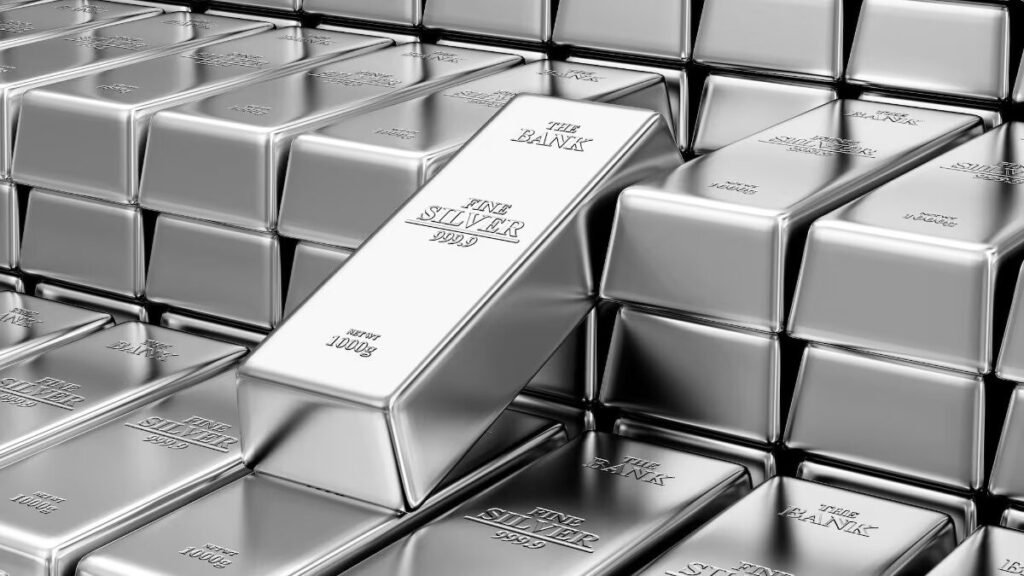You’ve heard of central banks stockpiling gold. But silver? That’s a rare move—until now. A surprising bet by Saudi Arabia’s central bank is turning heads and signaling a deeper shift in how institutions view the metal, according to Kirtan A. Shah, CFP.
In a LinkedIn post, Shah highlighted that while central banks traditionally accumulate gold as a reserve asset, the Saudi Central Bank has quietly taken a position in silver—a metal long prized for its industrial applications but rarely featured in sovereign portfolios.
“While it’s a small quantity, the Saudi Central Bank taking a position in silver is noteworthy,” Shah wrote, pointing to increasing global interest in the metal as supply tightens and demand surges.
Silver’s role is expanding across key sectors. It’s not only used in jewellery but is essential in electronics, 5G infrastructure, solar panels, and electric vehicles—appearing in components from battery systems to charging units and sensors. Silver also plays a critical role in semiconductor manufacturing and server cooling due to its unmatched conductivity.
Adding to the bullish case, The Silver Institute’s World Silver Survey 2025 reports a supply deficit for the fourth straight year—4,600 tonnes in 2024 alone. With mine output expected to peak in 2026, the structural shortage is only expected to deepen.
As a result, silver has outpaced gold in 2025, posting gains over 40% and pushing toward the $40/oz level. Gold, meanwhile, continues to act as the go-to safe haven, with price targets between $2,500 and $3,700 per ounce, buoyed by central bank buying and de-dollarization trends.
Financial experts now recommend a split strategy: allocate roughly 8% to gold for portfolio stability, and 15% to silver for its explosive industrial upside. “Silver is favored for aggressive growth and exposure to industrial megatrends; gold remains essential for hedging against volatility,” Shah advised.

